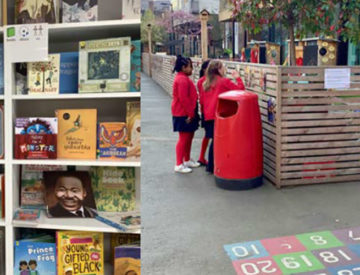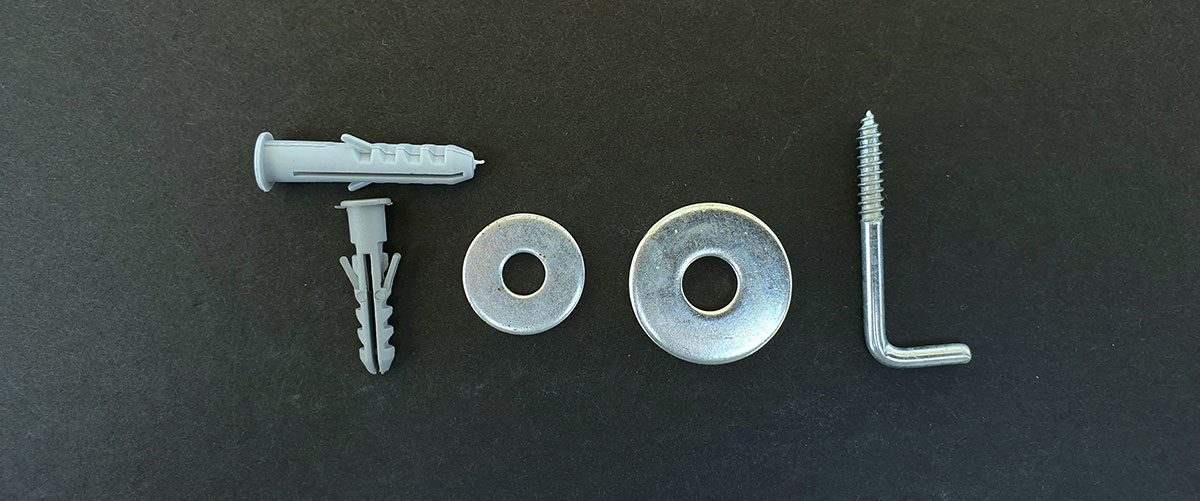
In March, we went to London to visit two research schools and our colleagues from the Education Endowment Foundation. It was 2 days full of inspiration and wise lessons.
Jan 25, 2021
By

Thanks to a grant from ZonMW, since September 2020 we have been researching the consequences of the Covid-19 crisis on Dutch primary school pupils. Within this research, we also want to enable Dutch primary schools to tackle the negative consequences of the corona crisis as quickly and effectively as possible.
In order to do this, we think it is important to first understand what needs there are in the field and what school leaders and teachers currently see as the biggest challenges. To this end, we organised a Lab (mid)day at the end of September, during which we talked to 16 teachers and school leaders. Each school leader and teacher was asked to define and describe one or more challenges (see Figure 1). We looked explicitly at for whom this is a challenge and why, and what the underlying needs are.
Figure 1: Each teacher and school leader was asked to fill in this chart during the Lab day.

Old challenges are getting bigger
The results of this Lab Day made it immediately clear that the corona crisis posed many challenges for education. These challenges are not new, but are magnified by the Covid-19 crisis. The biggest concerns were about language and mathematics education, the learning lines that normally run through the curriculum and which are now difficult to realise. This raised the question of how to keep the quality of education high in these times.
Inequality is increasing
Furthermore, the teachers saw that differences between the pupils increased. The impression was that it was the most vulnerable pupils who suffered most from the crisis. In addition to the fact that distance learning was difficult for them due to various circumstances (e.g. lack of computers of their own), pupils from certain families also suffer from constant fears and worries. In coronation time their parents often lost their jobs or became ill.
This leads to the question whether, in addition to the reduced learning gains, there is not also a significant reduction in the social emotional wellbeing of these pupils. Many problems also fall outside the scope and work of the teacher and the school and require the intervention of a care coordinator.
Teacher shortages make the situation more difficult
The problems posed by the Covid-19 crisis are even more difficult to solve because of continuing teacher shortages. There is a great need for more hands in the classroom because of everything that has happened since the beginning of the corona crisis. As a result, the workload is higher than ever. There are also many open questions for school leaders: how do you, as a school leader, take into account concerns about teacher health and work pressure and how do you prepare policies to allow for a quick response to changed measures? Good school leadership is needed to ensure acceptance of measures in this situation.
What can schools do about this?
Against this backdrop, a number of key areas have been identified where schools can find solutions to the problem of learning disadvantage. These are also the biggest challenges for teachers today:
• Increasing parent involvement.
• More effective use of ICT in and outside the classroom.
• Using extra teaching time for language and mathematics to catch up.
In the past months, our team (researchers, school leaders and teachers) and our partners (City of Amsterdam, Education Inspectorate) have been looking for effective approaches to these three challenges. To this end, we conducted a literature study of promising and proven effective interventions to address educational disadvantage. We not only focused on the question “What works?” but also on the question “What does not work?”. Of course, we did this in cooperation (link blog post 1) with colleagues in the field and according to the steps described in the figure below. Our research will result in a number of tools for schools of which we will test the usability during our Lab day 2.
Want to know more? Follow us on this website and social media.
Figure 2: How do we make our handouts?
